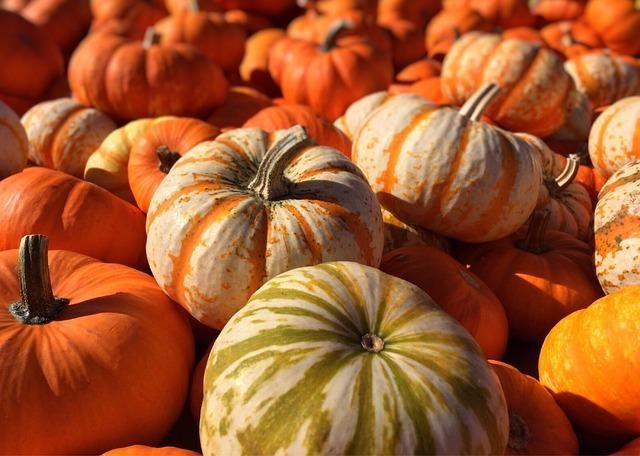The Immune Boosting Potential of Squash

Fall is in the crisp September air. The time for burgers and cookouts and ice cream is ending, and the season of squash is here. These oddly shaped vegetables are appearing in farmers markets and grocery stores, so which ones are the best addition to a healthy autumn dinner?
Most of these squash are from the Cucurbita family, meaning gourd. Some popular gourds (also called winter squash) include pumpkin, butternut, acorn and spaghetti squash.
Many of these vegetables have brightly colored flesh. Think about the rich orange color of pumpkin or the reddish yellow of butternut squash. That color indicates the presence of beta carotene, an antioxidant that the body breaks down to make vitamin A. Beta carotene by itself is also protective against oxidative free radicals. A study looking at nearly 12,000 deaths in almost 150,000 people found that high levels of beta carotene were associated with a lower overall risk of death. Other studies found that consumption of beta carotene could be linked to a lower risk of pancreatic cancer. Finally, a small study in Germany found that increased vitamin A and beta carotene were linked to a reduced chance of dementia. Vitamin A is also beneficial to the health of white blood cells, the immune system's fighters, and to healthy bones.
Not a Wonder Food But Important Nonetheless
Squash is by no means a wonder food. It can be high in sugars and carbohydrates, and no amount of pumpkin will help you achieve immortality. But it is a vegetable high in nutrients that is easy to incorporate into an autumnal meal.
Along with the chemical components, squash is also rich in fiber. Fiber, which comes from the structural part of plants, is vital for a healthy, happy and speedy gut. Fiber has also been shown to aid in weight loss by filling up the stomach and staving off cravings.
Which squash is the healthiest choice? If high beta carotene is the goal, butternut squash is the way to go. According to the U.S. Department of Agriculture’s FoodData Central, raw acorn squash has only 5% as much beta carotene as butternut squash, per 100 grams; pumpkin has a little over 70% as much.
But There Are Other Considerations
Butternut squash has the most fiber, but it also has the most carbohydrates. For someone who is trying to keep to a low-carbohydrate diet, pumpkin might be a better choice. It has a lot of beta carotene but fewer grams of carbohydrates. Or try spaghetti squash, which has one of the lowest amounts of carbohydrates while retaining a lot of fiber.
And Now, It’s Time to Prepare It
Once a squash has been picked, how does one cook it? Squash can be roasted, baked, boiled, steamed or fried. Not only would uncooked squash be quite difficult to eat, but it might also lack some nutrients. For example, cooking food makes lycopene, which is linked to reduced risk of heart attack and cancer, more accessible. Research from the British Journal of Nutrition found that people who ate a raw food diet often had low levels of lycopene.
Cooking squash does cut down on the amount of vitamin C though, but luckily vitamin C is found in other fruits and vegetables.
Despite the many health benefits in squash, avoid dishes made with lots of butter or pastries with only a small amount of squash. No amount of beta carotene will make pumpkin cheesecake a health food.



























